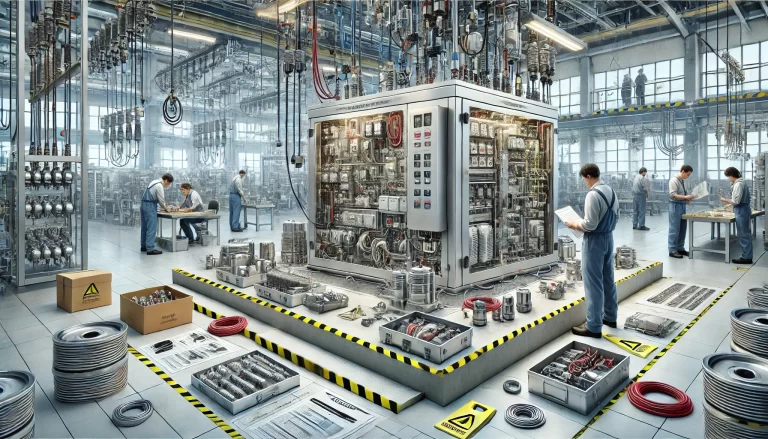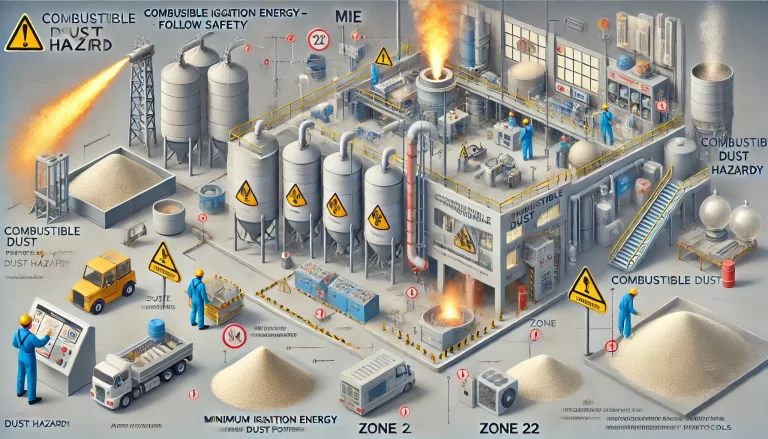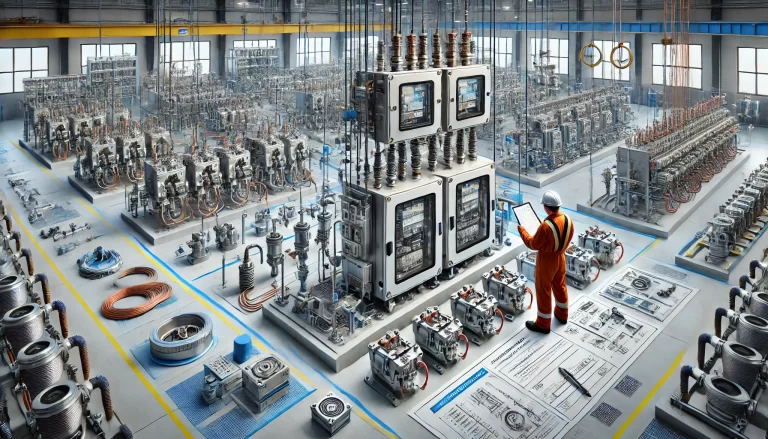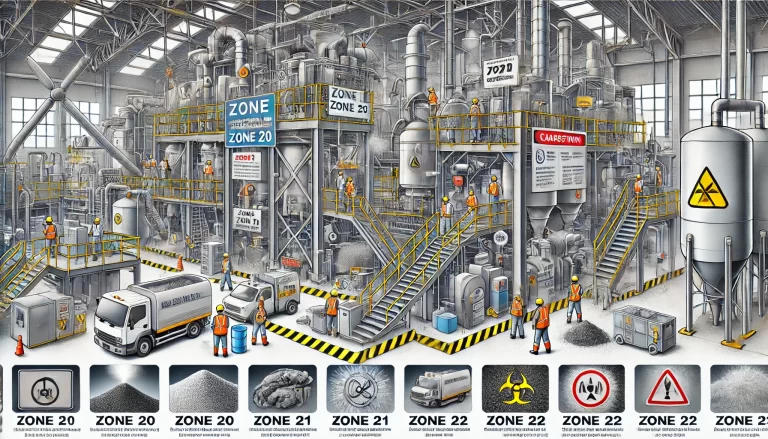1. Equipment Selection and Installation
1.1. Inadequate Adaptation to Environment: Choosing equipment unsuitable for the working environment, such as neglecting factors like gases, dust, or humidity.
Preventive Measure: Conduct a thorough environmental analysis and select equipment certified for the specific gas group and temperature class.
1.2. Improper Installation Location: Installing equipment in areas with vibration, high temperature fluctuations, or excessive moisture.
Preventive Measure: Ensure installation sites are stable, dry, and protected from adverse conditions.
1.3. Loose or Missing Fasteners: Loose bolts can compromise the equipment’s sealing and protective capabilities.
Preventive Measure: Implement torque-check protocols during installation.
1.4. Non-Compliance with Wiring Standards: Improper cable routing and lack of adherence to explosion-proof wiring standards.
Preventive Measure: Use certified electricians familiar with explosion-proof guidelines and inspect all wiring.
1.5. Illegible Equipment Markings: Faded or missing labels can lead to incorrect usage.
Preventive Measure: Regularly inspect and replace worn or unclear labels.

2. Equipment Housing and Sealing
2.1. Mechanical Damage or Corrosion: Physical damage or rust can degrade explosion-proof integrity.
Preventive Measure: Use corrosion-resistant materials and protective coatings.
2.2. Aged or Damaged Seals: Degraded seals may allow explosive substances to enter.
Preventive Measure: Conduct routine checks and replace seals as per maintenance schedules.
2.3. Loose Bolts Compromising Seals: Bolts that aren’t properly tightened can compromise housing integrity.
Preventive Measure: Use lock washers and periodically inspect bolt tightness.
3. Electrical Connections and Cabling
3.1. Loose or Poor Connections: These increase the risk of sparking.
Preventive Measure: Tighten and inspect all electrical connections regularly.
3.2. Unsealed Cable Entries: Failure to use explosion-proof seals can lead to gas ingress.
Preventive Measure: Use certified cable glands with proper sealing methods.
3.3. Damaged Cable Insulation: Exposed wires can result in short circuits or sparks.
Preventive Measure: Replace damaged cables and protect them with conduit systems.
3.4. Inappropriate Cable Materials: Materials not suited to the environment may degrade prematurely.
Preventive Measure: Use cables rated for the specific environmental conditions, such as temperature and chemical resistance.

4. Grounding and Anti-Static Measures
4.1. Ineffective Grounding: High grounding resistance can increase explosion risks.
Preventive Measure: Periodically test grounding resistance to ensure compliance with standards.
4.2. Inadequate Anti-Static Measures: Static buildup can lead to ignition.
Preventive Measure: Incorporate anti-static mats, grounding straps, and humidifiers in dry environments.
5. Internal Components
5.1. Aged or Faulty Electrical Components: Old breakers or relays may fail during operation.
Preventive Measure: Replace aging components during scheduled maintenance.
5.2. Improper Internal Wiring: Tangled or exposed wires increase fire risk.
Preventive Measure: Arrange internal wiring systematically and secure it with clamps.

6. Maintenance and Operation
6.1. Irregular Inspections: Neglecting regular checks can reduce explosion-proof performance.
Preventive Measure: Establish a detailed inspection schedule, including functional and visual checks.
6.2. Use of Non-Compliant Spare Parts: Substandard components can compromise safety.
Preventive Measure: Only use OEM-certified or approved replacement parts.
7. Environmental Adaptability
7.1. Exceeding Operational Limits: Operating equipment beyond temperature, humidity, or chemical exposure ratings.
Preventive Measure: Install monitoring sensors and alarms to flag environmental non-conformities.
8. Ventilation and Heat Dissipation
8.1. Poor Ventilation Design: Blocked airflow can cause overheating.
Preventive Measure: Regularly clean ventilation openings and inspect fans for proper function.
8.2. Clogged Heat Dissipation Systems: Dust accumulation reduces cooling efficiency.
Preventive Measure: Schedule periodic cleaning and ensure air filters are in place and functional.

9. Control Systems
9.1. Faulty Safety Interlocks: Missing or defective interlocks can lead to dangerous operations.
Preventive Measure: Test interlocks during routine inspections to ensure reliability.
10. Backup Equipment Management
10.1. Lack of Maintenance: Neglecting backup systems renders them unreliable during emergencies.
Preventive Measure: Conduct the same level of maintenance for backup equipment as for primary systems.
10.2. Improper Storage Conditions: Poor storage can degrade backup equipment.
Preventive Measure: Store backups in controlled environments.
11. Modifications and Repairs
11.1. Unauthorized Alterations: Modifications without proper evaluation can nullify explosion-proof certifications.
Preventive Measure: Seek approvals and involve certified inspectors before any modifications.
12. Testing and Inspection
12.1. Inadequate Testing Practices: Skipping or conducting incomplete tests leaves risks undetected.
Preventive Measure: Use accredited testing agencies and follow a comprehensive checklist during inspections.
12.2. Improper Record Keeping: Missing records hinder the ability to trace maintenance history.
Preventive Measure: Maintain detailed logs of all testing, repairs, and inspections.

Conclusion
By addressing these detailed safety hazards and implementing corresponding preventive measures, organizations can significantly reduce the risk of accidents involving explosion-proof electrical equipment. Adopting rigorous maintenance schedules, proper training, and compliance with industry standards ensures equipment reliability and workplace safety.
